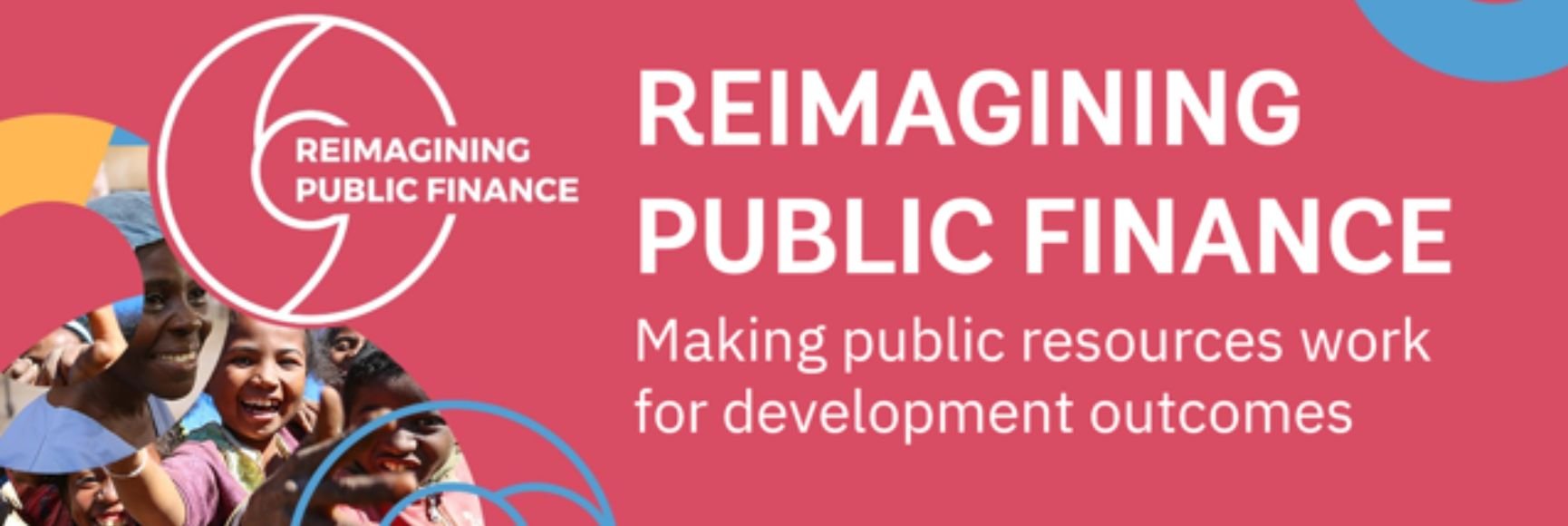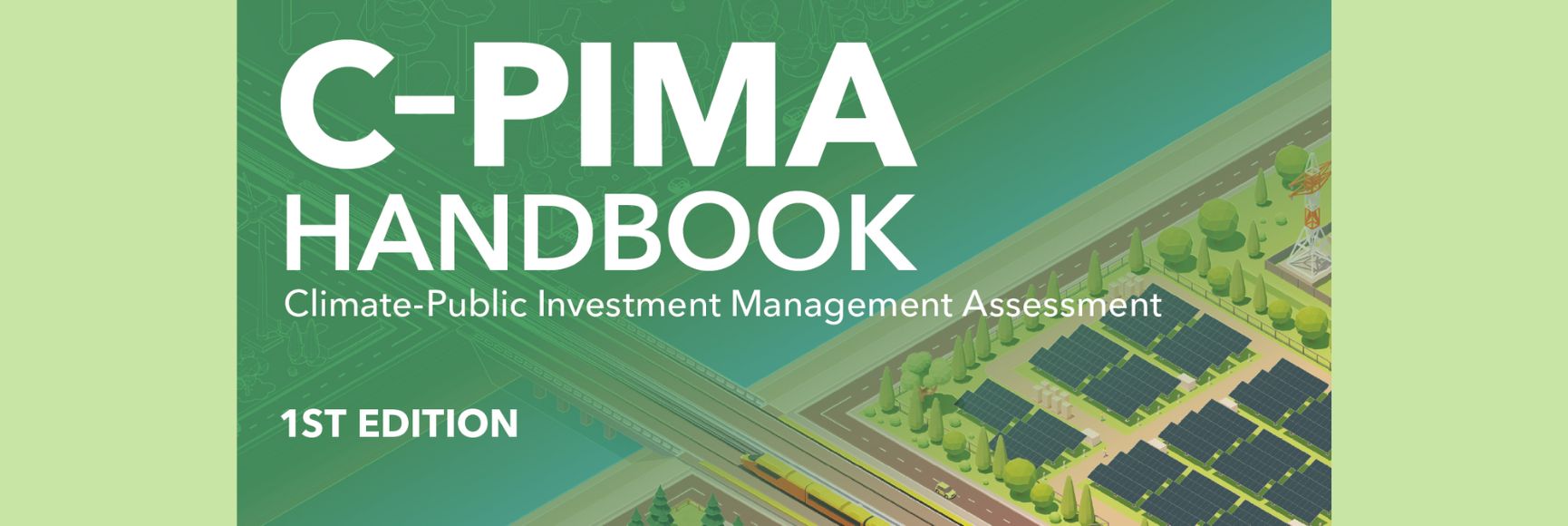On 29 and 30 September 2025, the World Bank hosted in Washington DC a major Conference on ‘Reimagining Public Finance’. The idea is to spend the next five years developing the concept and building a new reform agenda built on the relationship between “outcome or problem driven approaches” on the one hand and public finance or public financial management (PFM) on the other hand.
The Conference provided some useful discussion of public finance reforms, and of the importance of an outcome-driven approach. Overall, however, it was a missed opportunity in that it failed to address several other critical areas in the Bank’s delivery of PFM reforms. These areas could/should be combined to make the agenda for “Reimagining Public Finance” more powerful.
Let us start by dissecting a little the notion of outcome or problem-driven approaches. Suppose that developing country X decides to introduce a system of universal healthcare. We can assume that the Minister of Health will have initial discussions with the Minister of Finance about the financial implications of the reform.
These implications could include: the establishment of a national health fund run by the Ministry of Health or a new health service into which citizens must pay but which the finance ministry contributes; subsidies to poor patients who are not employed and therefore outside the new system; subsidies to doctors and health workers; funding for drugs and medication; capital injections to finance the new insurance fund, and so on. In other words, there could be important implications for public finance and PFM that are unique to this policy change.
Or suppose country Y wishes to make primary education free for all. Again, it can be assumed that the Minister of Education will discuss the financial implications of the reform with the Minister of Finance. These implications could include an expansion of the school building program, financial support for the cost of new teachers and for the cost of books and teaching materials, and subsidies from the budget to finance the cost of the new free service.
What is important is to make a clear distinction between (i) the financial implications of the new policy proposal, and (ii) the underlying agenda of PFM reforms adopted by the Ministry of Finance. Both elements need to be considered by the World Bank. These effects are clearly important and need to be included in the “Reimagining Public Finance’ debate. However, there are other issues that are at least as relevant but get pushed to the sidelines. What are these issues?
First, there are significant differences between the business model of the Fiscal Affairs Department (FAD) of the IMF and the World Bank in terms of the relations between the country teams and the teams working on public finance and PFM. At the Fund these relationships are very close. The country team comes up with policy options, having discussed these with the government, especially the finance ministry and the central bank. These are then discussed with FAD (and sometimes there is a fiscal economist housed in FAD) and the PFM implications are assessed and sometimes converted into program conditions or benchmarks. These measures will be in addition to the ongoing agenda of public finance / PFM reforms that FAD is carrying out with the country.
The key point is the closeness of this dialogue, especially if the country is in a program with the Fund. Does a similar relationship exist in the World Bank? If not, could one be created, and could the PFM team give this relationship building work priority, as a core part of the Reimagining Public Finance program?
Second, Arturo Herrera Gutierrez and Vitor Gaspar, respectively a Senior Director of the World Bank and Director of the IMF’s Fiscal Affairs Department (FAD), mentioned another important issue, namely the close relationship that exists between the macro-fiscal teams in the IMF and World Bank. The question is whether a similar relationship could be created across the public finance / PFM teams of the Bank and Fund. Given that PFM is an area of joint responsibility for the two organizations, the arguments for close coordination are strong.
Third, the priorities set in the Reimagining Public Finance agenda may not be the only ones – and indeed not the most important ones - that are in the best interest of developing countries. An economist from Mongolia put it very well, and spoke for many developing countries, when she said that (i) capacity and capability were sadly lacking in developing countries, and (ii) Mongolia was simply “overwhelmed” by the number and complexity of the PFM requirements imposed by the World Bank and the IMF, without receiving much help on implementing these reforms.
Given that the “outcome-based” agenda is expected to run for at least another five years, there is a real opportunity to focus on some of these other major PFM reform priorities. For example:
- Some real attention to working collaboratively with FAD, and with the World Bank country teams.
- Reducing the number and complexity of PFM reforms imposed on developing countries and spending more time to help countries implement these reforms.
- Working on the “institutional” issues thar are so vital to economic development and fiscal stabilization, but which might be under-resourced in the Bank, and require political scientists as well as economists.
- Attempting to build the capacity and capability of finance ministries and, especially, of the finance / budget departments in key line ministries such as health, education, water, national security and agriculture. These gaps are often huge in developing countries.
- Unwinding the organizational silos in finance ministries so that they make better use of their economists, accountants, financial managers, IT[i]specialists and other skilled workers, to recruit better, and encourage more cross ministerial mobility.
- Creating a facility in the finance ministry to take the lead in assessing the financial performance of public investment, as well as state-owned enterprises.
In short, what is the overall agenda of public finance / PFM reforms that the World Bank has in mind? The analysis of outcome driven approaches is clearly one such reform. But what other changes in PFM priorities are being considered? Sadly, the Conference did not clarify these very important issues.




